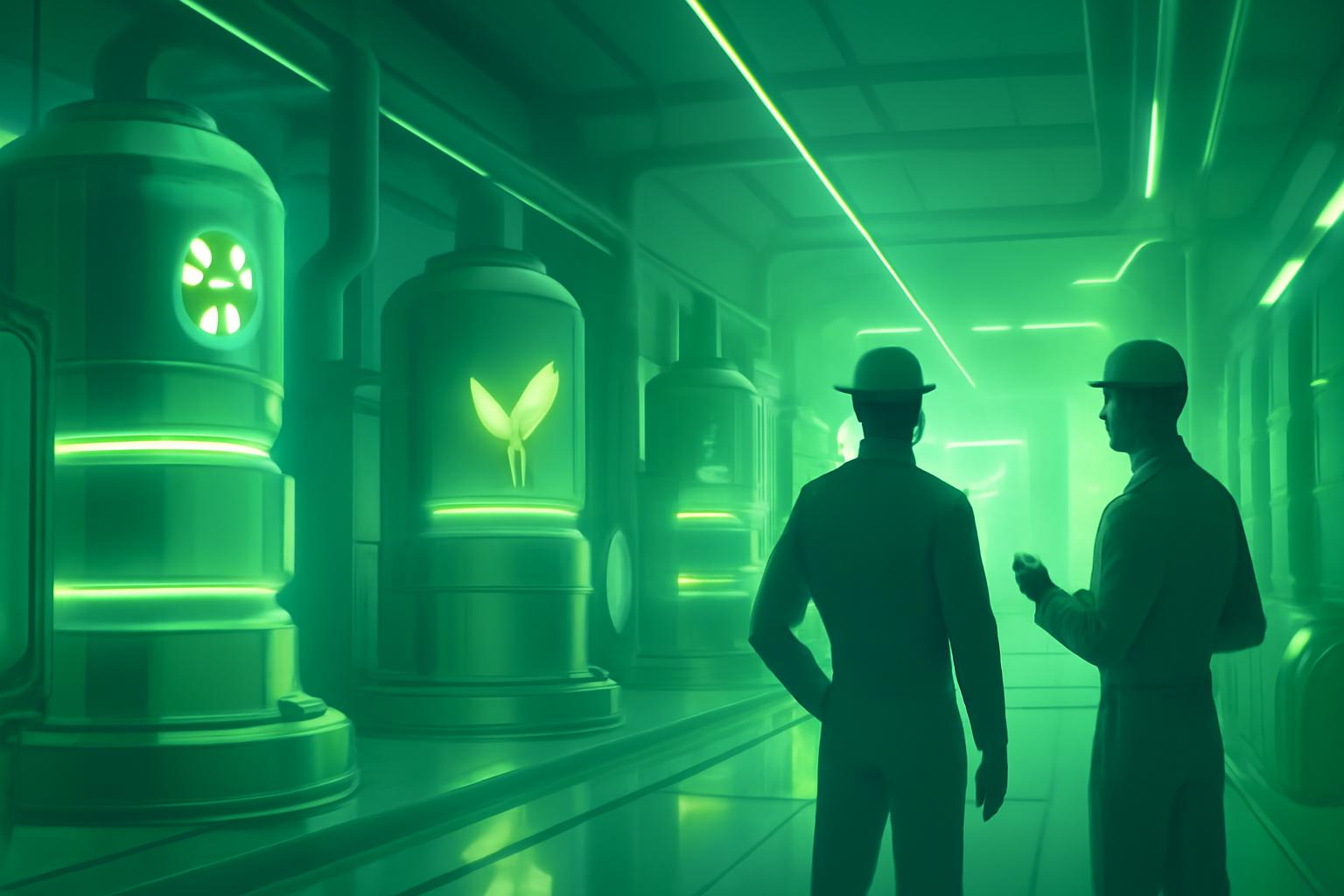Uranium Enrichment at a Crossroads After Fukushima
In Eunice, New Mexico, the Urenco USA uranium enrichment plant opened in 2010 amid expectations of rising nuclear demand. However, the 2011 Fukushima disaster in Japan marked a turning point, causing a decline in nuclear power support globally and forcing the industry into a prolonged downturn. Paul Lorskulsint, Urenco USA’s Chief Nuclear Officer, recalls how the Fukushima accident impacted the market: “The price of what we sold basically went through the floor,” he said, noting that long-term contracts provided some insulation but expansion plans were shelved.
Renewed Momentum for Nuclear Power in the U.S.
Fourteen years later, the scenario has reversed. With electricity demand surging due to artificial intelligence advancements and a manufacturing renaissance, nuclear power is regaining prominence in U.S. energy strategy. However, the sector faces a critical challenge: the U.S. still relied on Russia for 20% of its enriched uranium in 2024. This dependency is ending as the Biden administration plans a full ban on Russian uranium imports by 2028 in response to the invasion of Ukraine.
Urenco USA’s Strategic Expansion Plans
Urenco’s New Mexico plant, the only remaining commercial uranium enrichment facility in the U.S., currently meets about one-third of domestic demand. The company is investing $5 billion and expanding capacity by 15% through 2027, including new centrifuge cascades installed in 2025. Despite these efforts, Urenco’s expansion alone cannot close the gap left by the Russian import ban. Lorskulsint emphasized that other domestic and international suppliers will need to scale operations concurrently to meet demand.
Bipartisan Political and Industry Backing
Nuclear power remains one of the few energy issues with bipartisan support in Washington. Former President Trump advocated for quadrupling nuclear capacity by 2050, while the Biden administration aims to triple it. Tech giants are investing heavily in nuclear energy to power data centers and AI applications: Alphabet targets 2 gigawatts, Amazon over 5 gigawatts, and Meta up to 4 gigawatts of new nuclear capacity.
Competitors and the Broader U.S. Enrichment Landscape
Urenco is not alone in seeking to expand uranium enrichment in the U.S. Centrus, based in Ohio, is preparing to launch commercial operations, while France’s Orano plans a new enrichment plant in Tennessee with a projected start in the 2030s. Centrus’s stock has surged over 400% in 2025, reflecting investor confidence in the nuclear sector’s growth prospects.
Supply Chain Constraints Beyond Enrichment
Enrichment is one stage within a complex uranium supply chain. Uranium mined primarily in Canada undergoes conversion into uranium hexafluoride feedstock before enrichment. Currently, only three Western facilities — in Canada, France, and Illinois — perform this conversion, creating a bottleneck that could hinder scaling efforts. Lorskulsint highlighted that expansion must encompass the entire supply chain, stating, “We need more of everything but conversion right now is the bottleneck.”
Infrastructure and Grid Challenges
Beyond fuel supply, the aging U.S. electrical grid poses risks to nuclear expansion timelines. Upgrading transmission infrastructure is a lengthy process that could slow new reactor deployment. Nevertheless, Urenco remains committed to its growth plans, with Lorskulsint affirming, “We came here when the market demanded it, we were here when it didn’t, and now we are expanding to support market needs.”
FinOracleAI — Market View
The U.S. nuclear energy sector is at a pivotal juncture as geopolitical shifts and burgeoning electricity demand propel renewed investment in uranium enrichment capacity. Urenco USA’s expansion is critical but insufficient alone to meet the impending shortfall caused by the Russian uranium ban.
- Opportunities: Strong bipartisan political support and significant private sector investment enhance prospects for nuclear growth.
- Risks: Supply chain bottlenecks, especially uranium conversion capacity, could delay expansion efforts.
- Market Dynamics: Competition among enrichment providers may accelerate innovation and capacity additions.
- Infrastructure Constraints: Aging grid infrastructure may impede timely deployment of new reactors.
Impact: Positive — Urenco’s strategic investments position it as a cornerstone of U.S. nuclear power resurgence, but supply chain and infrastructure challenges require coordinated industry and government action to fully realize growth ambitions.













